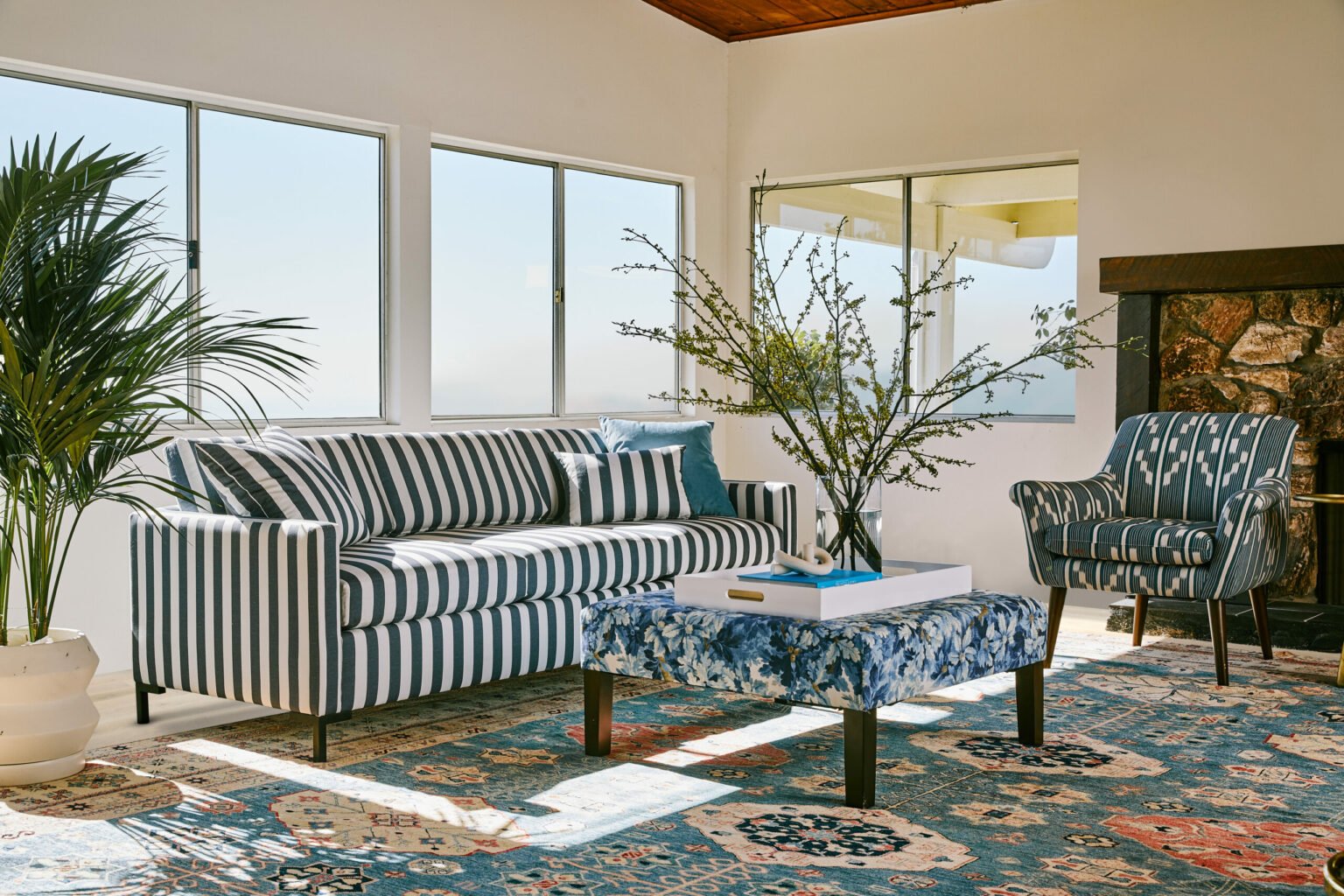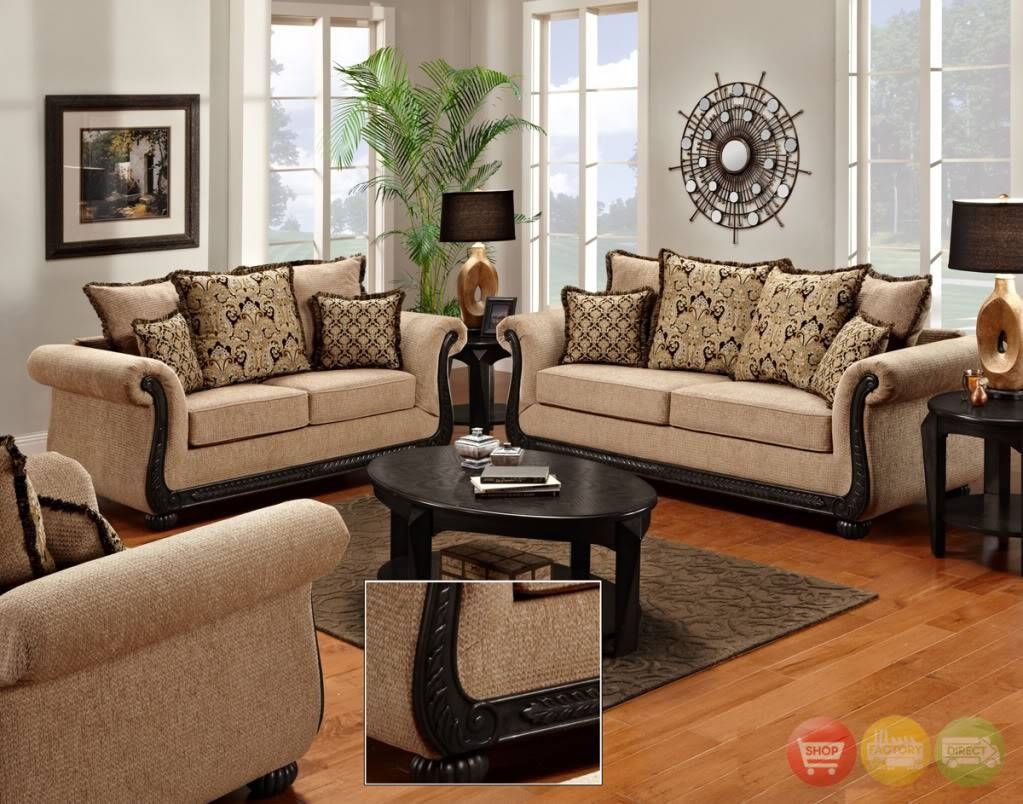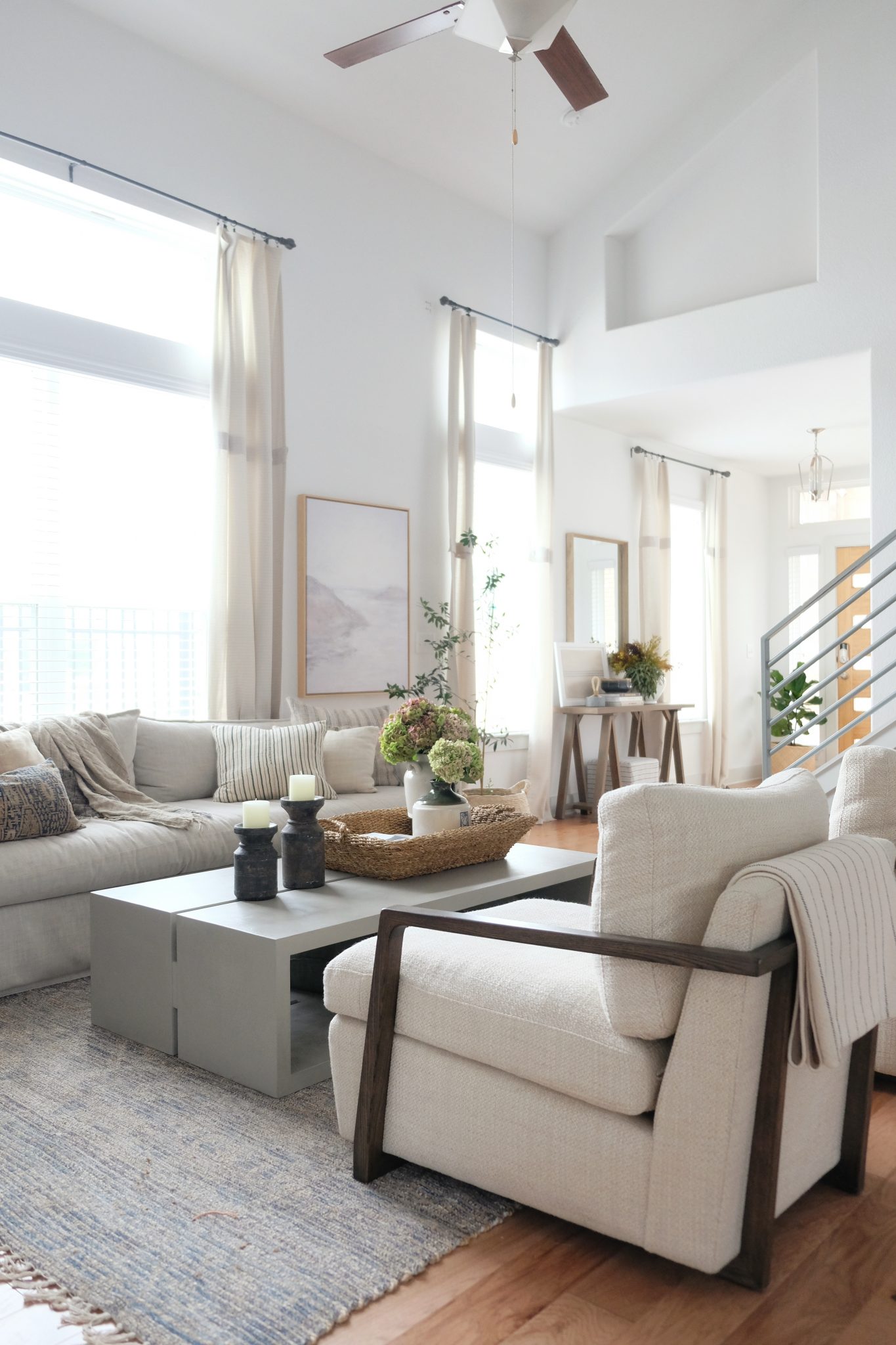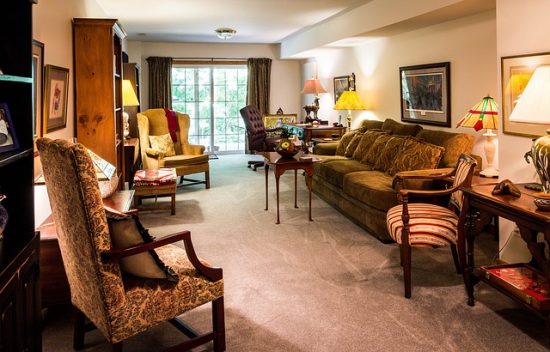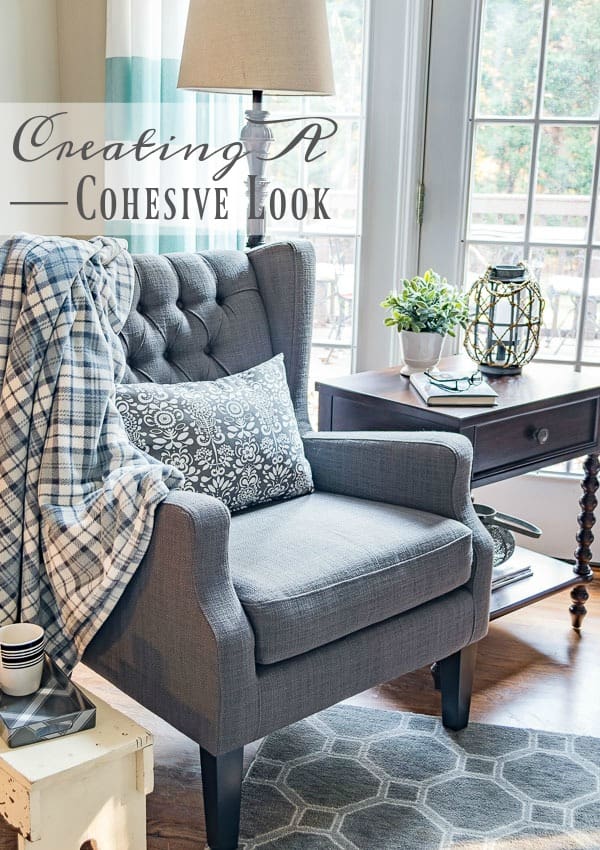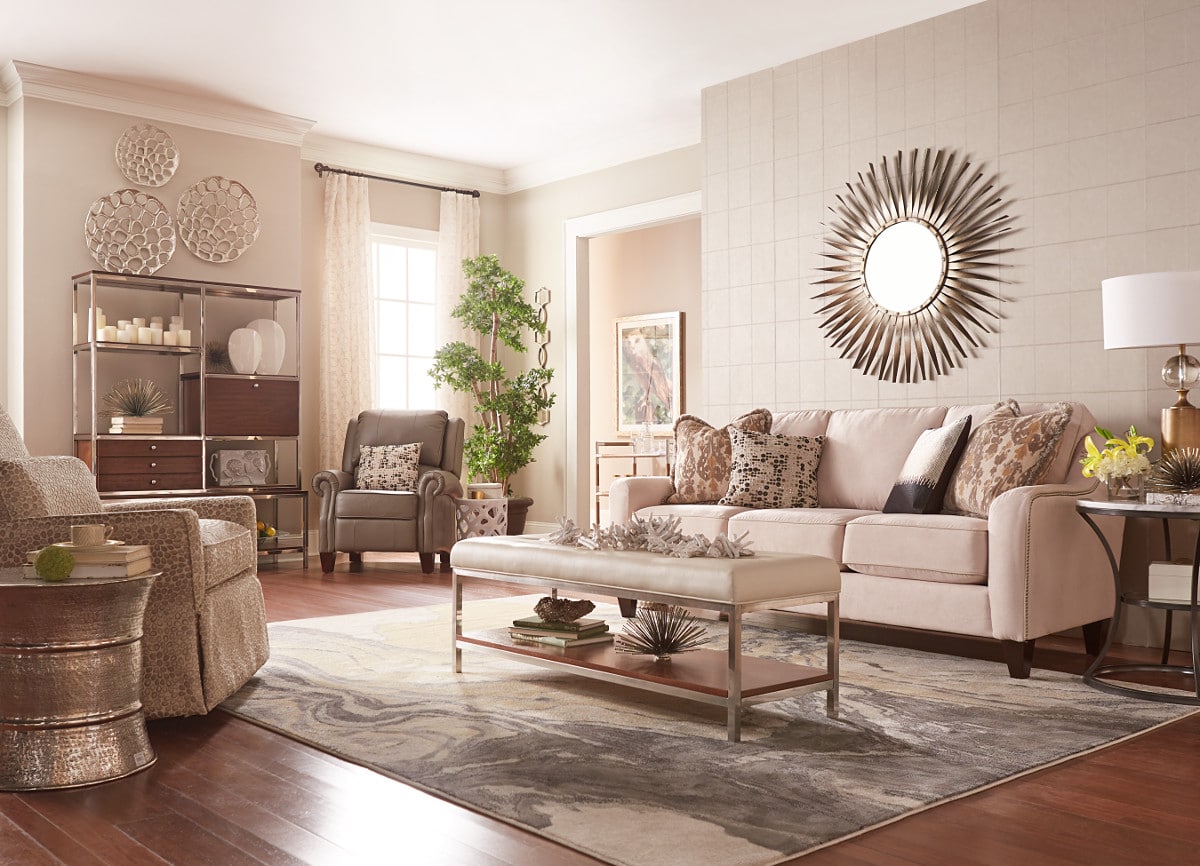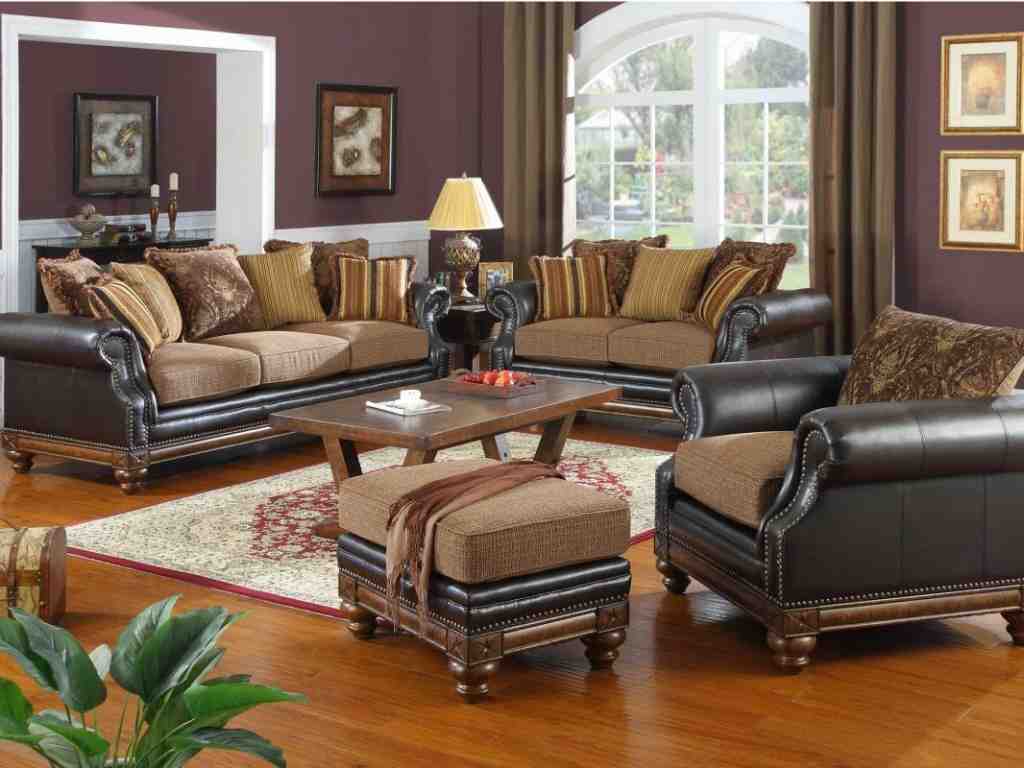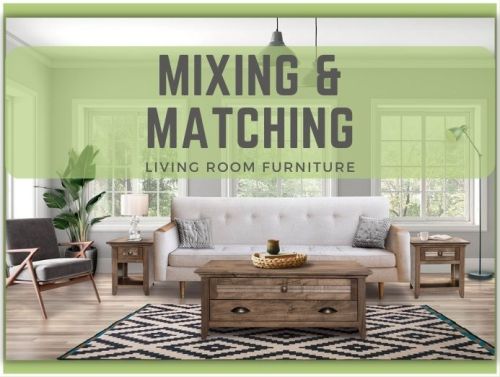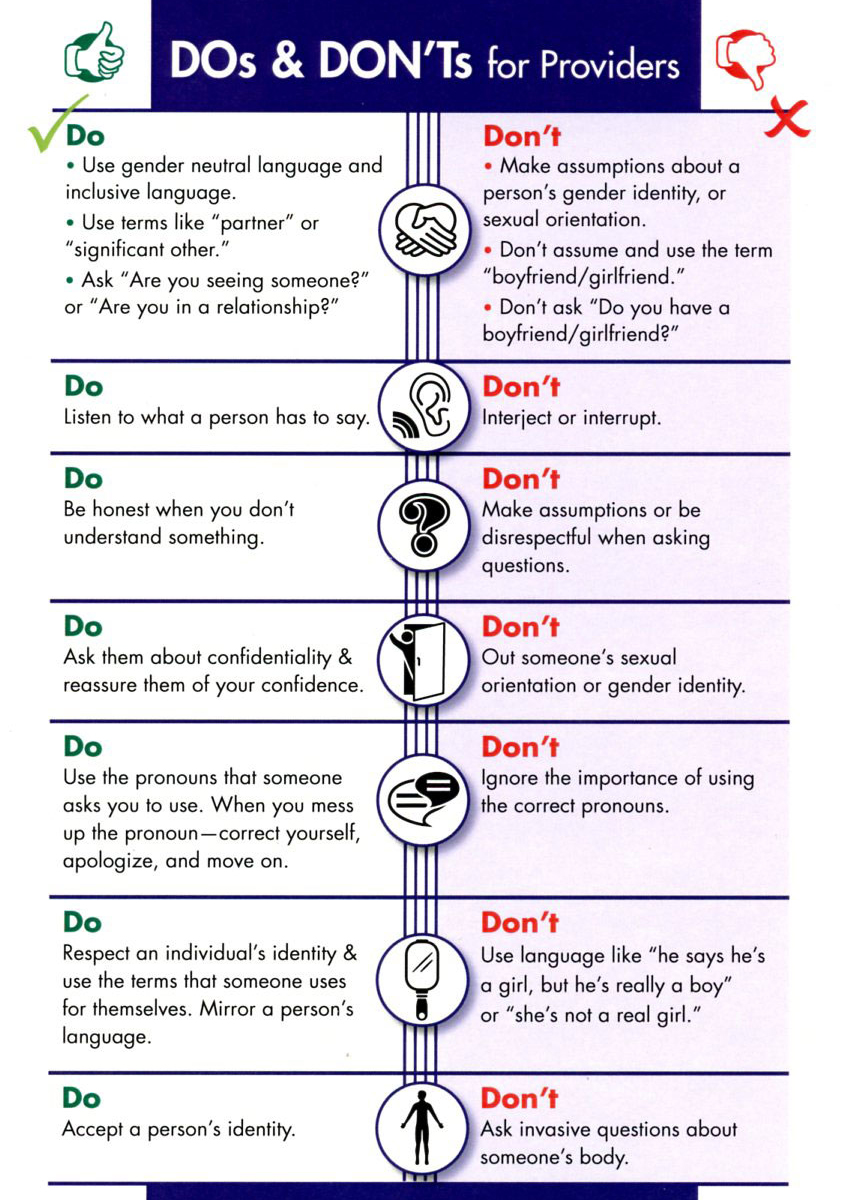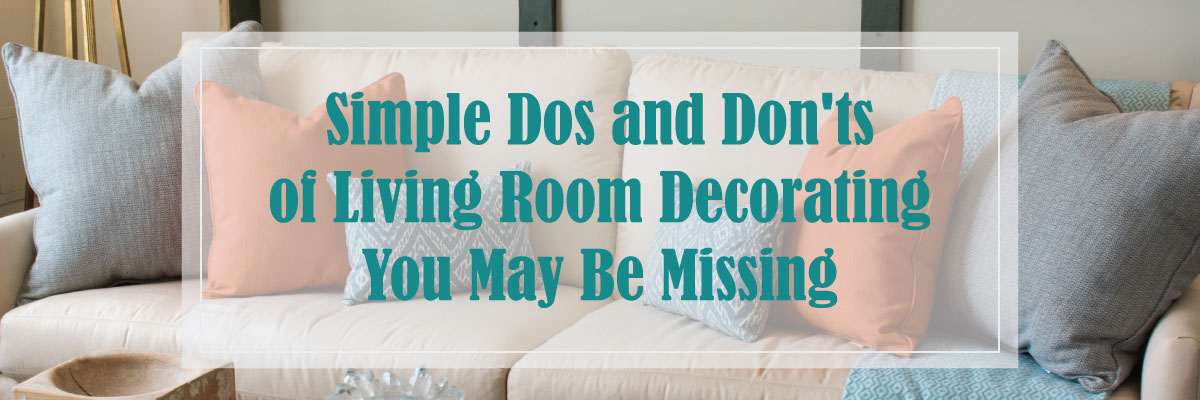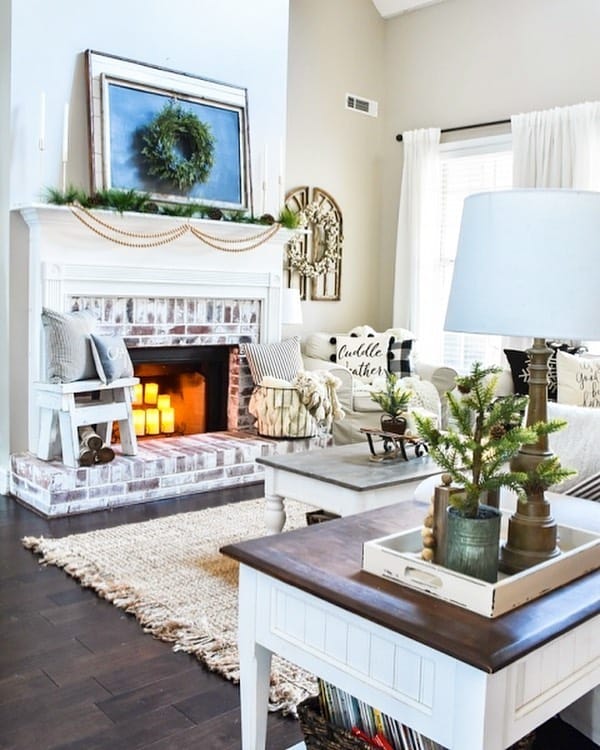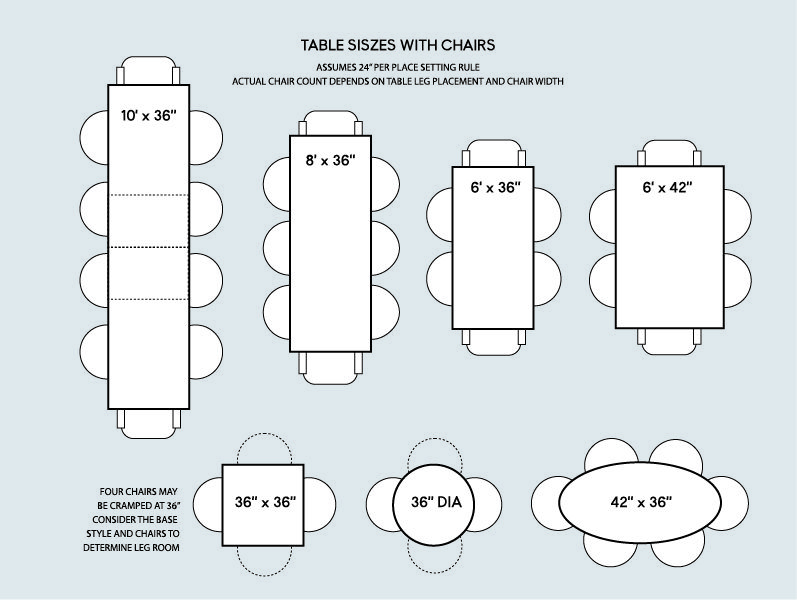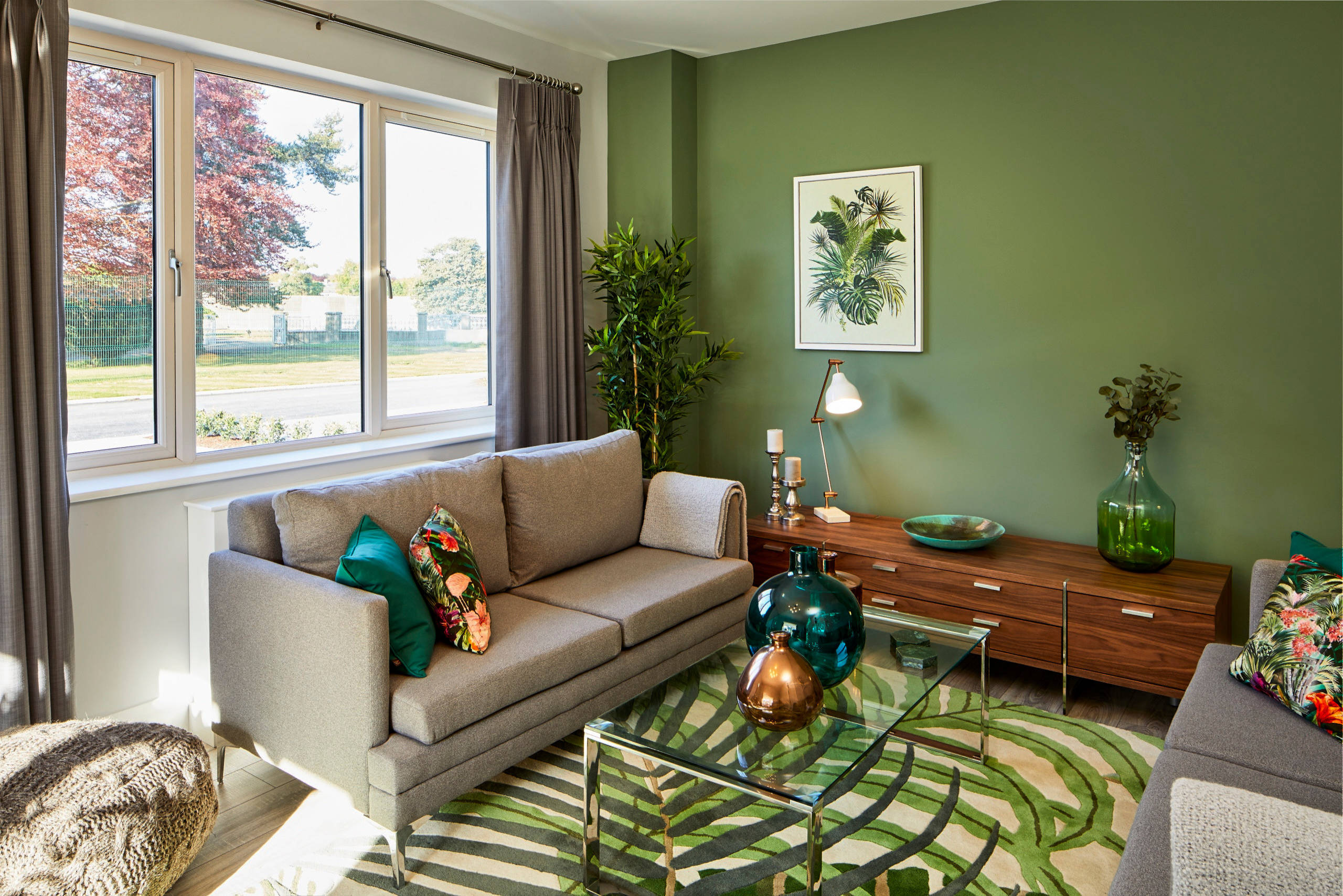The living room is often considered the heart of a home, where family and friends gather to relax and spend time together. As such, it's important to create a space that is inviting, comfortable, and visually appealing. One aspect of designing a living room is choosing the right furniture, particularly the tables. Some may argue that all tables in the living room should match, while others may prefer a more eclectic mix. So, the question remains: should living room tables be matching or not?Matching Furniture in the Living Room: Should It Be Done?
When it comes to mixing and matching furniture in the living room, there are a few key principles to keep in mind. First, consider the overall style and aesthetic of the room. If you have a modern living room, you may want to stick with sleek, minimalistic tables. On the other hand, a more traditional living room may benefit from matching wooden tables with intricate detailing. Another factor to consider is the size and shape of the tables. It's important to have a balance of proportions in the room, so if you have a large coffee table, it may be best to have smaller matching end tables. You can also mix materials, such as a wooden coffee table with metal end tables, as long as they complement each other in style and size.How to Mix and Match Furniture in Your Living Room
One of the main benefits of having matching tables in the living room is the cohesive look it creates. When all the tables have the same design, color, or material, it ties the room together and creates a sense of unity. This can be especially helpful in smaller living rooms where too many different pieces can make the space feel cluttered and chaotic. Another advantage of matching tables is that it is easier to coordinate other elements in the room, such as the rug, curtains, and decorative accents. When everything matches, it's easier to find complementary pieces that will enhance the overall look of the room.Creating a Cohesive Look: Matching Tables in the Living Room
While there are certainly benefits to having matching tables in the living room, there are also some drawbacks to consider. One of the main cons is that it can be limiting in terms of design and creativity. If you have a particular style or aesthetic in mind, matching tables may not offer enough variety to achieve your desired look. Another potential issue is that matching tables can be more expensive, as you are essentially buying multiple pieces of the same furniture. This may not be feasible for those on a budget or those who prefer to mix and match different pieces to create a unique look.Do Your Living Room Tables Need to Match? Pros and Cons
If you've decided that you want a mix of tables in your living room, here are some tips to help you achieve a cohesive and stylish look:5 Tips for Mixing and Matching Tables in Your Living Room
Whether you choose to have matching or non-matching tables in your living room, there are some dos and don'ts to keep in mind: Do:The Dos and Don'ts of Matching Tables in the Living Room
While mixing and matching tables can offer more creativity and variety, there are some instances where having matching tables can be a good idea. For example, if you have a small living room, matching tables can help create a sense of space and avoid clutter. Additionally, if you have a specific design or color scheme in mind, matching tables can help you achieve a cohesive and polished look.Why Matching Tables in the Living Room Can Be a Good Idea
If you've decided to mix and match tables in your living room, there are some strategies you can use to create a cohesive look:How to Create a Cohesive Look with Non-Matching Tables in the Living Room
While mixing and matching tables may offer more design flexibility, there are certainly benefits to having matching tables in the living room. These include:The Benefits of Matching Tables in the Living Room
In the end, the decision to have matching or non-matching tables in the living room ultimately comes down to personal preference and the overall style and design of the space. Whichever you choose, it's important to find the right balance and create a space that is both functional and visually appealing. Whether you opt for matching tables for a cohesive look or mix and match for a more eclectic feel, the key is to create a space that you and your loved ones will enjoy spending time in.Mixing and Matching Tables in the Living Room: Finding the Right Balance
Why Matching Tables in the Living Room is Not Always Necessary

Creating a Cohesive Look
 When it comes to designing a living room, many people believe that all of the furniture should match in order to create a cohesive look. This often includes having matching tables in the room, whether it be a coffee table and end tables or a set of side tables. While this can certainly create a visually appealing space, it is not always necessary for the tables in the living room to match perfectly. In fact, mixing and matching different styles and materials can add depth and interest to the room.
It's important to remember that there are no set rules in design and it's ultimately up to personal preference and style.
When it comes to designing a living room, many people believe that all of the furniture should match in order to create a cohesive look. This often includes having matching tables in the room, whether it be a coffee table and end tables or a set of side tables. While this can certainly create a visually appealing space, it is not always necessary for the tables in the living room to match perfectly. In fact, mixing and matching different styles and materials can add depth and interest to the room.
It's important to remember that there are no set rules in design and it's ultimately up to personal preference and style.
Adding Dimension and Texture
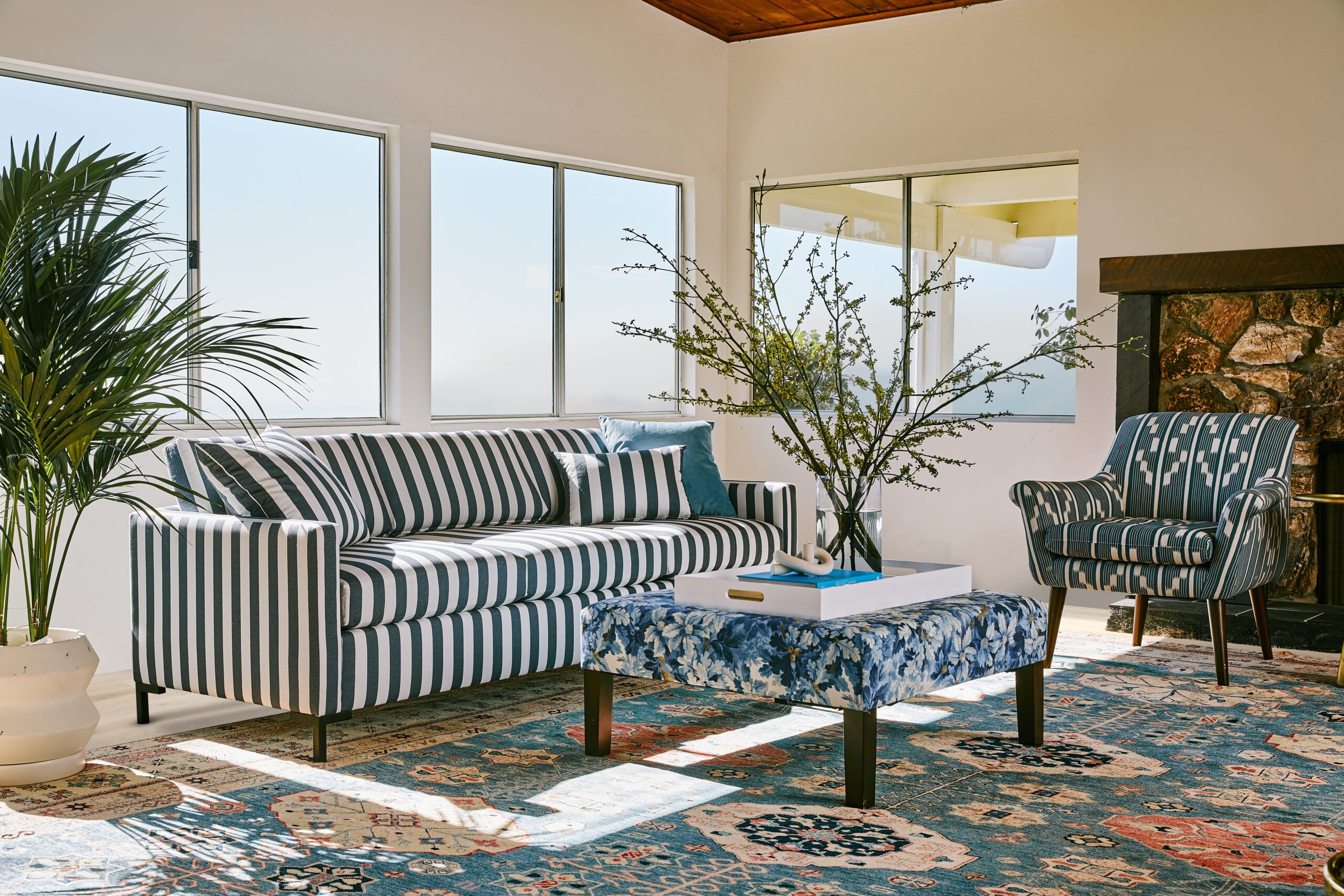 Matching tables in the living room can create a sense of uniformity, but it can also make the space feel flat and one-dimensional. By incorporating different styles, materials, and shapes of tables, you can add dimension and texture to the room. For example, pairing a sleek and modern coffee table with a set of rustic wooden end tables can create a visually dynamic and interesting look.
Using contrasting elements can also help to highlight certain pieces and create a focal point in the room.
Matching tables in the living room can create a sense of uniformity, but it can also make the space feel flat and one-dimensional. By incorporating different styles, materials, and shapes of tables, you can add dimension and texture to the room. For example, pairing a sleek and modern coffee table with a set of rustic wooden end tables can create a visually dynamic and interesting look.
Using contrasting elements can also help to highlight certain pieces and create a focal point in the room.
Expressing Personal Style
 Another reason to consider mixing and matching tables in the living room is to express your personal style and add personality to the space.
Design is all about showcasing your individuality and what makes you unique.
By incorporating different tables that speak to your personal taste, you can create a space that is truly reflective of you. This could mean mixing vintage pieces with modern ones, or incorporating tables with unique designs or patterns. Don't be afraid to think outside the box and have fun with your living room design.
Another reason to consider mixing and matching tables in the living room is to express your personal style and add personality to the space.
Design is all about showcasing your individuality and what makes you unique.
By incorporating different tables that speak to your personal taste, you can create a space that is truly reflective of you. This could mean mixing vintage pieces with modern ones, or incorporating tables with unique designs or patterns. Don't be afraid to think outside the box and have fun with your living room design.
Budget-Friendly Options
 Matching tables in the living room can also be costly, especially if you are looking for high-quality pieces. However, by mixing and matching different tables, you can create a stylish and cohesive look without breaking the bank.
Look for sales and discounts to find unique and affordable pieces that fit your design aesthetic.
You can also consider repurposing items or shopping at thrift stores for budget-friendly options. By being open to mixing and matching, you can save money while still achieving the look you desire.
Matching tables in the living room can also be costly, especially if you are looking for high-quality pieces. However, by mixing and matching different tables, you can create a stylish and cohesive look without breaking the bank.
Look for sales and discounts to find unique and affordable pieces that fit your design aesthetic.
You can also consider repurposing items or shopping at thrift stores for budget-friendly options. By being open to mixing and matching, you can save money while still achieving the look you desire.
Final Thoughts
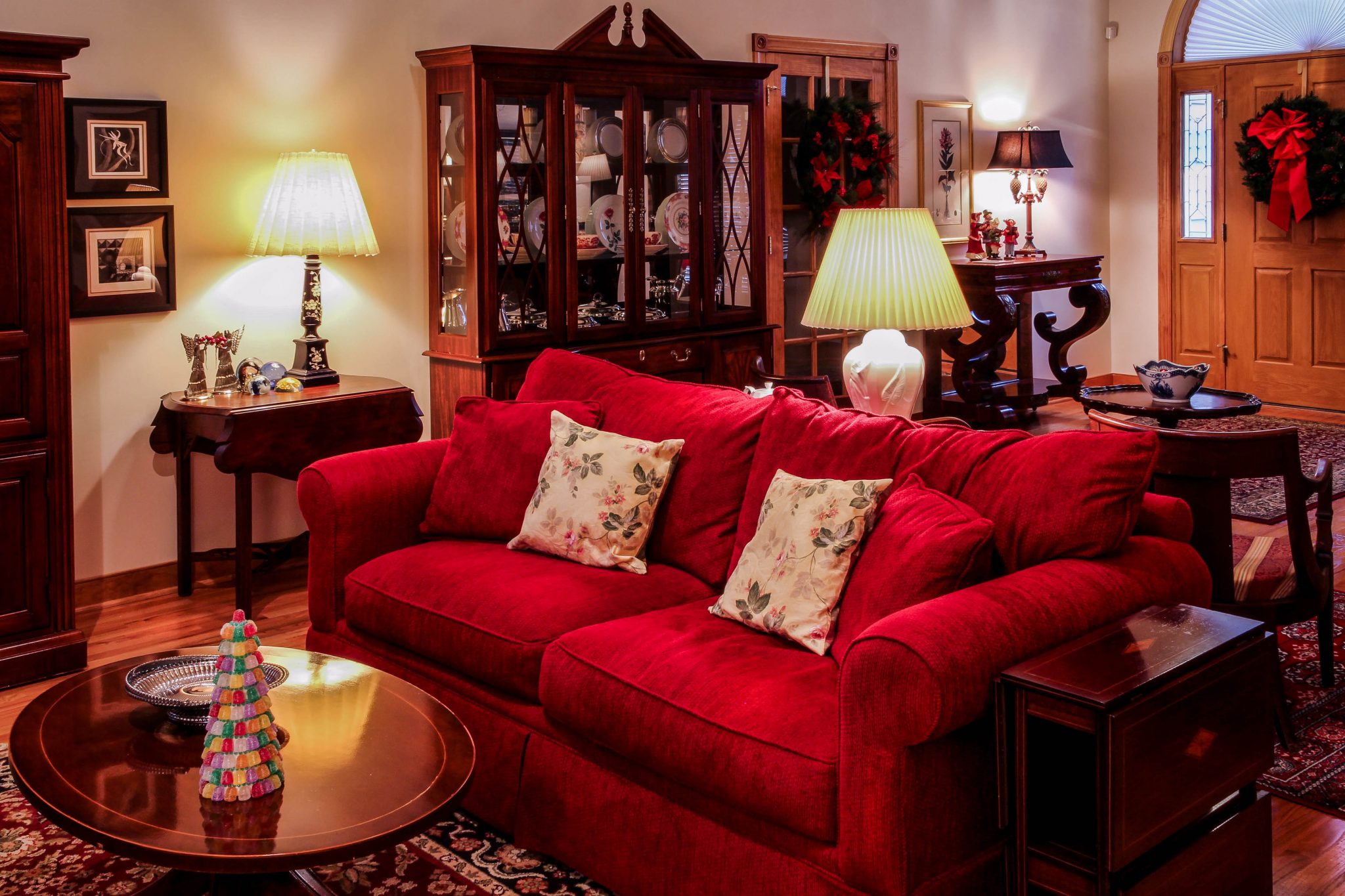 While matching tables in the living room can create a clean and cohesive look, it is not necessary for a well-designed space.
Mixing and matching different styles, materials, and shapes of tables can add depth, dimension, and personal style to the room. It can also be a budget-friendly option for those looking to design on a budget. Ultimately, the decision to match tables in the living room is up to personal preference and style, so don't be afraid to get creative and have fun with your design choices.
While matching tables in the living room can create a clean and cohesive look, it is not necessary for a well-designed space.
Mixing and matching different styles, materials, and shapes of tables can add depth, dimension, and personal style to the room. It can also be a budget-friendly option for those looking to design on a budget. Ultimately, the decision to match tables in the living room is up to personal preference and style, so don't be afraid to get creative and have fun with your design choices.



